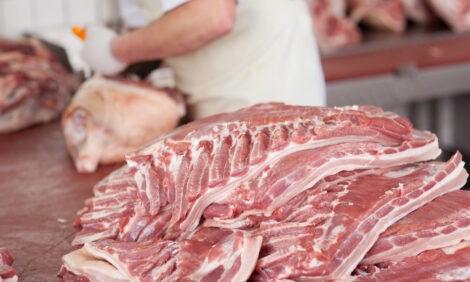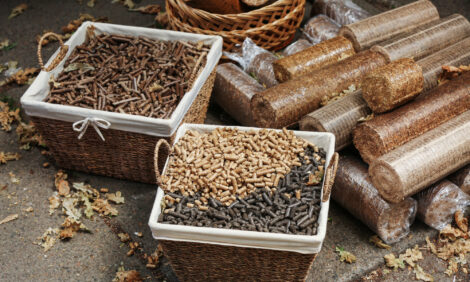



Camera Technology Poised to Improve Welfare
UK - An ingenious small-scale camera and computer set-up that is poised to improve the welfare of broiler chickens, say researchers.With meat consumption rising worldwide and poultry meat the most popular by far, there is pressure to increase production. This must be done alongside commensurate improvements in animal welfare. Today (22 February), researchers describe an ingenious small-scale camera and computer set-up that is poised to improve the welfare of farm animals including, in particular, broiler chickens.
The research is funded by the Biotechnology and Biological Sciences Research Council (BBSRC) Animal Welfare Programme and will be presented later today at a BBSRC event in London.
Lead researcher, Professor Marian Dawkins from the University of Oxford said: "We have been working from the outset with industry partners to ensure that we develop something that is useful on commercial farms and is an improvement on the traditional ways of measuring the welfare of animal flocks."
The welfare of broiler chicken flocks is often assessed by examining the health of the birds' feet and legs at the point of slaughter. The alternative is to have teams of people go into poultry sheds and assess how well the birds are walking and moving around, eventually calculating a so-called 'gait score'.
"Waiting until the birds are slaughtered is obviously not an ideal way of monitoring animal welfare on farms and the gait score method is rather labour intensive and expensive for an industry that is already hard pressed by cheap imports. Our invention correlates well with the gait score method and is at least as sensitive at picking up the very early warning signs that something is wrong. It has the potential to become totally automated to raise an alarm when a problem is detected," Professor Dawkins added.
A small box mounted on the wall in a chicken shed contains a camera and computer that can use a technique called 'optical flow' to monitor the shifting patterns of movement in the flock. If there are a lot of slow-moving birds the overall pattern of movement is disrupted and the monitoring device detects that there may be a welfare issue such as illness or lameness in a proportion of the birds.
"Imagine if all the people running the London Marathon were equally able to run the distance, all moved roughly in the same way, and all ran at about the same speed – from the air you'd see a strong, steady flow of movement. On the other hand, if half the runners were very unfit or dressed in those heavy comedy outfits some of them wear, you wouldn't see the same strong flow – it would be very disrupted, even if they were all moving in the same direction. It's the same with the chickens – ill or injured birds disrupt the flow of movement and our camera set-up can detect that disruption and alert us quickly to any problems in the flock," said Professor Dawkins.
Professor Dawkins and her team are now working to test the system further and so develop it as an important management and welfare managing tool.
Professor Douglas Kell, Chief Executive, BBSRC said: "With an increased emphasis on food production we must never lose sight of the importance of farm animal welfare. We must use science to assess welfare levels, spot issues and intervene early to ensure that the health and wellbeing of farmed animals is protected. Research such as this has clear and immediate applications and will become even more important as the global population increases so that we have to feed nine billion people in 2050."









